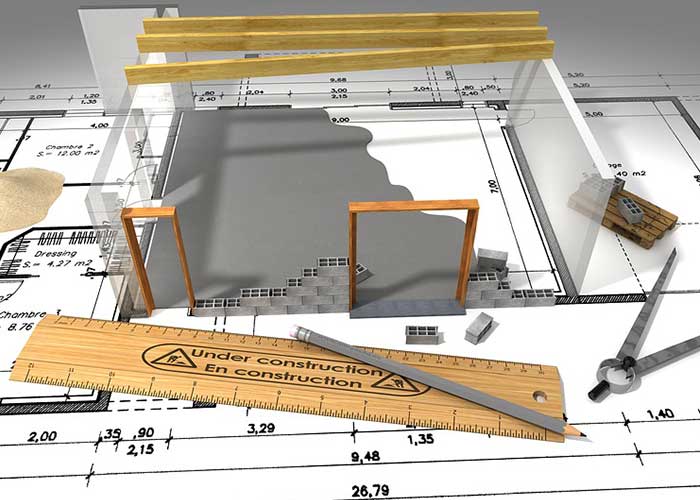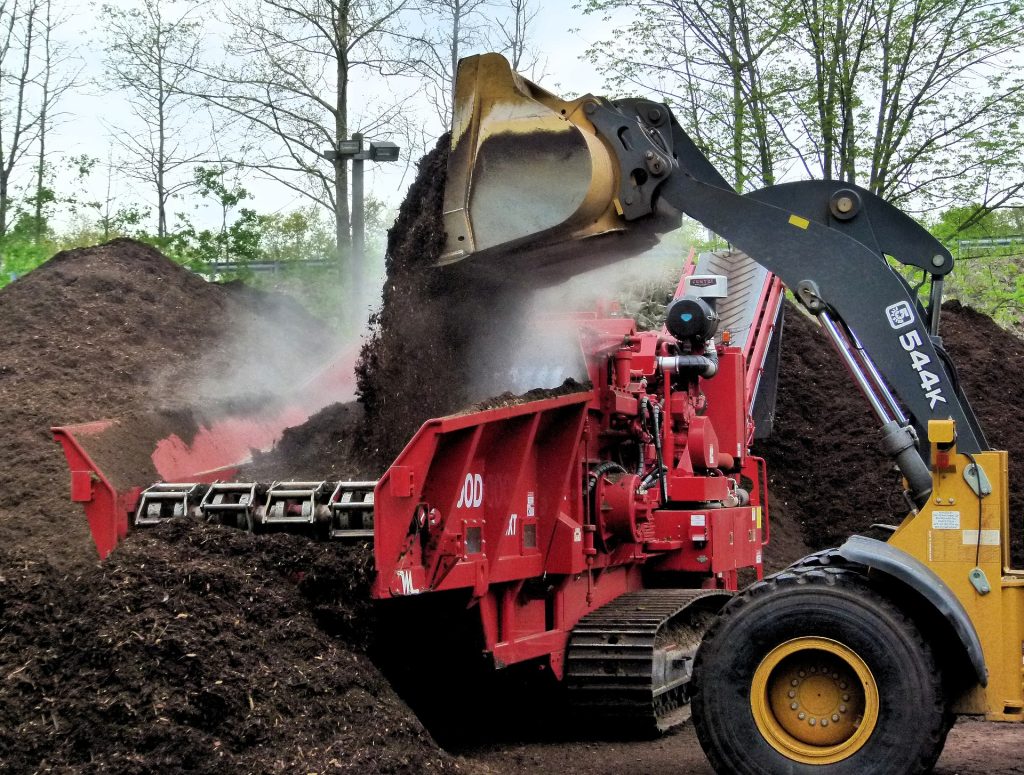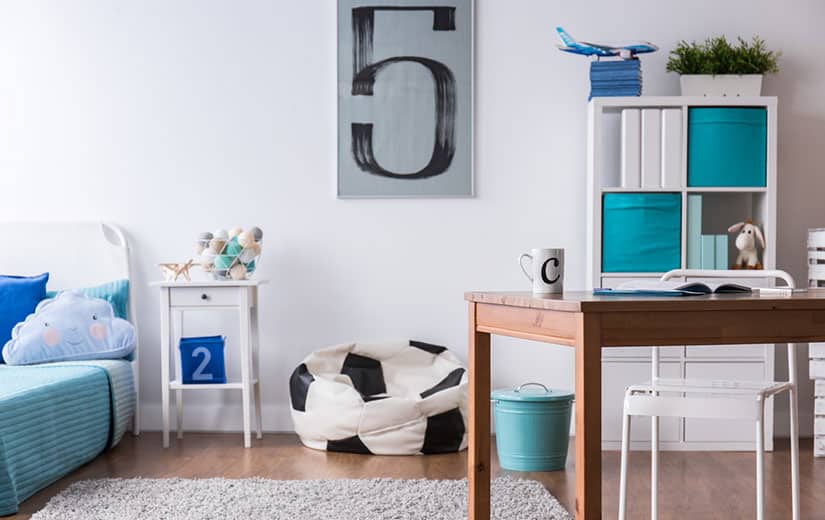Building a house can be the dream of a lifetime, you have to make sure it doesn’t turn into a nightmare. The choice of building materials is essential for good thermal and sound insulation. Aerated concrete is a revolution in the individual construction market.
Summary
Build your house
After careful consideration between buying the old one and having it built, you have chosen the second solution. You will be able to arrange the rooms yourself, the number of bedrooms and bathrooms as well as the size of the living room. If this is important, there is another point which must be seriously discussed, and that is that of the materials to be used.
It is necessary to weigh the pros and cons according to the advantages provided by each. The final amount of the work must be weighed against possible long-term savings and possible aid. On closer inspection, it is often better to pay a little more for construction by using « smart » materials, to save energy and many renovations afterwards.
What is cellular concrete?
Cellular concrete, as its name suggests, is concrete made up of small cells of different sizes, resembling breadcrumbs. Its manufacture also resembles that of a loaf of bread which would have risen then hardened in the air before being passed under steam pressure in a pressure cooker.
The concrete « paste » made from sand, cement, aluminum powder or paste, water and air, is placed in a mold to take its shape. The gases produced by the chemical reaction of ambient heat and the elements create the cells, increasing the volume of the mass that takes shape against the walls of the mold. Once the paste has hardened, it is cut and then placed in an autoclave which is closed and heated to more than 180°C for about 12 hours, the cellular concrete compresses. Once cooled, it keeps its shape and is very strong without being heavy. FYI, 1m3 of ingredients give, thanks to the trapped air, 5 m3 of finished product. The mass of aerated concrete is equal to 1/5 of the mass of ordinary concrete (approximately). Regarding the price of a m3 of concrete, it will vary according to many characteristics. Indeed, there is a price difference between slab concrete or foundation concrete. Then it all depends on whether you opt for the option of doing it yourself or having it delivered.
Why choose cellular concrete?
Depending on the size of the brick or aerated concrete block, the house can be assembled with a time saving of around 30%. Indeed, by opting for a 60 cm block length, the structure rises faster and requires less sealing joints. Saving time = saving money, but no saving on handling. For the house built in cellular concrete to bring all the beneficial particularities to this unique material, it requires exceptional skill and professionalism. You can’t call yourself a pro in laying aerated concrete if you haven’t taken the training in this cutting-edge technique. It is better to leave it to the professionals and even, do a search on consumer reviews to find the best construction company, they are not all equal.
Cellular concrete becomes an obvious choice when you learn that it is a resistant material and that thanks to it the thermal insulation is already so efficient that it is self-sufficient. The house is not hermetically sealed, but if the job is done well, it lets out very little air, about the surface of a CD on the whole construction. It complies with the 2012 thermal regulations (RT2012).
The carbon footprint is really very efficient too. If the energy, the material is not renewable, it still has the E+ C- label, which reads « Energy plus carbon less » or even « Positive energy and carbon reduction ». Cellular concrete is preparing to take its passing exam for the RBR 2020 (Responsible Building Regulations). 2 levels will then be authorized, 1 and 2 depending on performance.
The manufacture of the blocks takes place near the sand quarries. Given that 65% of the total material is sand, this organization greatly limits the impact of the carbon footprint due to transport.
Composed of a percentage of aluminum, the construction has electromagnetic properties.
Its composition avoids the risk of fire.
The material allows moisture to pass from the inside to the outside, which prevents mould, especially in bathrooms.
Other names used to name cellular concrete: autoclaved concrete, siporex (common name derived from the brand), block, brick or cellular concrete block.
In summary, the pros and cons
The advantages are numerous and the disadvantages almost non-existent if you call on building professionals qualified in the handling of this material.
Benefits
- One of the best thermal insulation materials. So good that it doesn’t need any other form of insulation. The gain in insulating materials is substantial.
- The speed of construction is obvious, since the aerated concrete block is quite light and larger in size than a usual building brick, the erection of the walls is much faster. A simple thin seal allows the sealing of the walls.
- No mould.
- It is incombustible.
- Electromagnetic protection (Faraday cage?).
Disadvantages
- If the thermal insulation is more than efficient, the acoustic insulation is really very low.
- It is necessary to have a highly qualified workforce in the handling of this material. The workers are not yet very numerous, which increases the price of hourly labour.




